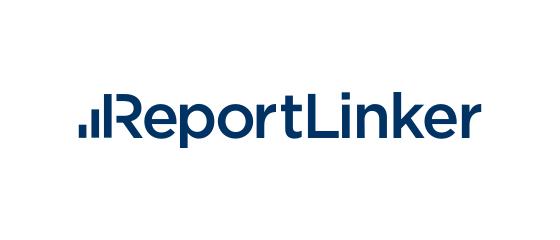NEW YORK /PRNewswire/ -- Biosimulation Market Size, Share & Trend Analysis Report By Product (Software, Services), By Application (Drug, Development, Discovery), By End-use, By Region, Vendor Landscape, And Segment Forecasts, 2018 - 2024
The global biosimulation market size is expected to reach USD 3.77 billion by 2024 registering a CAGR of 15.4% during the forecast period. Soaring need for advanced generation therapeutics owing to growing prevalence of chronic diseases, such as cancer and diabetes, is stoking the growth of the biosimulation market.
Moreover, widening base of geriatric population worldwide is playing an imperative role in the growth of the market.Aged people are highly susceptible to chronic diseases, which is augmenting the need for highly efficacious drugs.
In addition, growing number of drug resistance cases, high drug relapse rate, and limited availability drugs to treat diseases such as AIDS are leading to high clinical urgency for adoption of biosimulation in applications such as drug development and drug discovery.
Surging demand for biosimulation software and services can also be attributed to their higher cost efficiency. This cost efficiency is a result of ability to predict toxicity, adverse reactions, and efficacy of investigational drugs during early stages of product development, thus limiting the probability of drug relapse & adverse events at later stages.
Further Key Findings from the Report Suggest:
• Software accounted for the largest share of the product segment in 2015 owing to growing adoption in personalized medicine resulting in improved patient outcomes
• The services segment is expected to exhibit growth at a significant CAGR as a consequence of rising inclination of the big pharmaceutical companies to outsource their biosimulation process so as to reduce the overall cost
• The drug discovery segment is predicted to witness a lucrative CAGR throughout the forecast period owing to elimination of probable drug failures and prediction of unfavorable drug interactions
• Drug development accounted for the largest share owing to growing usage of in silico software by major pharmaceutical & biotechnology companies for increased drug efficacy of their existing products by identification and evaluation of optimal synergistic combinations & dosage forms
• In 2015, the pharmaceutical and biotechnology companies held a substantial share owing to growing efforts to develop better treatment options at a cheaper and faster rate through in silico biology models
• Academic research institutes are anticipated to grow at consistent rate owing to presence of various academic research groups involved in complex biological systems studies that use computer models, such as by the National Institute of Diabetes and Digestive and Kidney Diseases (NIDDK)
• In 2015, North America accounted for majority share of overall market as a result of increased usage of in silico models by regulatory authorities to ensure patient safety
• Asia Pacific is predicted to spearhead the market as a consequence of increasing outsourcing research activities across this region
• Key players are deploying collaborative strategies and expansion of product portfolio to capture a large share. For instance, in April 2016, Simulation Plus, Inc. introduced DDDPlus Version 5.0, an in-vitro dissolution experiment software that helps researchers in study of different drug dosage forms
Read the full report: https://www.reportlinker.com/p05445395
Contact Clare: clare@reportlinker.com
US: (339)-368-6001
Intl: +1 339-368-6001


